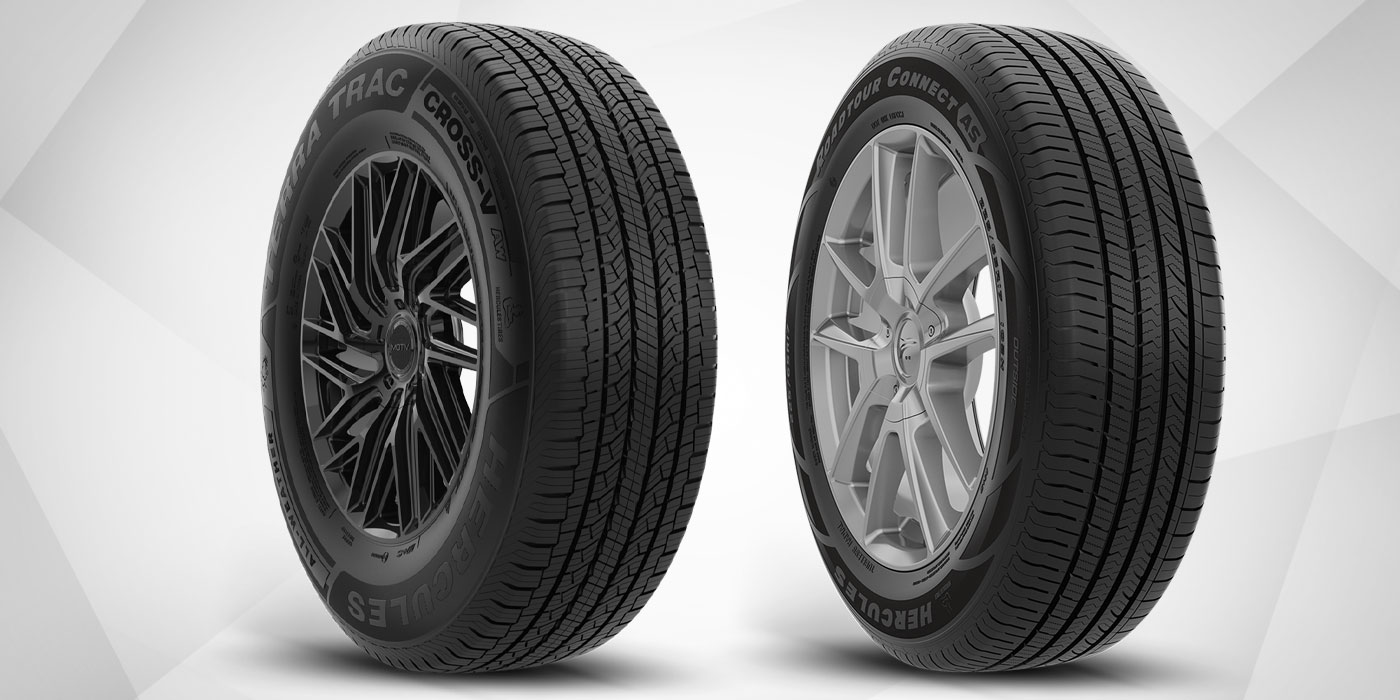Uptime, Downtime and Profitability
Since the primary focus of this month’s issue is profitability, and the subject matter of this column is commercial tires, let’s take a close look at some of the trends in the commercial vehicle industry and brainstorm a bit to see how these might positively impact your business.
One of the most significant and refreshing approaches being adopted by several major truck manufacturers is concentration on maximizing vehicle uptime. Uptime in the trucking industry is defined as the vehicle being available to perform its intended function – hauling freight. You might liken this to an offensive, as opposed to defensive, strategy.
Focusing on uptime – versus the previous effort to avoid downtime ®“ involves several paradigm changes or variations. One important one involves perspective, specifically substituting the customer’s perspective for your own in planning many aspects of your business offerings and methods of communication.
The Reactive Approach
For years, many vehicle and tire dealers alike have operated successfully on a downtime-based approach – which brings us to a problem and we’ll address it. Refinements of this approach, such as maintaining adequate inventory, prompt and courteous service, and competitive pricing have served businesses well.
However, the dealer-customer transaction in a downtime-focused or reactive approach is essentially exception-based as it’s triggered by a worn out part, component failure, or other problem that is initially recognized and acted on by the customer or end-user. Dealer-customer relations, therefore, have been based on problems that need to be fixed, and that remains true regardless of how efficiently they are handled.
Changing Times, Changing Focus
The alternative perspective of uptime management is gaining momentum in the commercial marketplace. My first encounter with this term was several years ago while listening to Marc Gustafson, who had recently been named president of Volvo Trucks North America.
The uptime approach goes beyond simple preventative maintenance and beyond just listening to one’s customers. Executing an uptime approach means putting yourself in your customer’s shoes, adopting his perspective, responding to his pressures, and using his preferred method and frequency of communication, which will often be different from your practices.
It means working to understand more about your customer’s business, his operating constraints, schedules, deadlines, etc. and consciously tailoring your products and services to proactively create successes for him. This requires looking beyond your specific product and service offerings and understanding how they – and other creative approaches ®“ can positively impact that customer’s business success.
Adjusting Your Practices
One fallout requirement of such an approach is the need to allow individualized options in the way your customers are handled. Some will prefer different treatment than others, and you won’t always be able to stick to standardized practices based on the way you may prefer to operate.
Fortunately, today’s computer systems offer the ability to customize many features by customer, including automated follow-up, tailored delivery and billing schedules, and inventory management. You may, for example, agree to maintain a minimum protected quantity of specific tire sizes and designs for use on a customer’s steer, drive and trailer axles in exchange for a commitment of business.
Uptime-based management may mean establishing a relationship with another dealer or delivery point if your customer occasionally needs products or services outside of your covered geographic market.
The main goal of an uptime approach is to have your customer see your business as a reliable and valuable part of his total business system. Your support of products and services become essential components in his mission to support his customers. Remember – we all work for someone. Ultimately, you help your customer perform his job with minimum disruption to his primary, and your secondary, customer.
Redefine Your Quality
Another aspect of this more systematic perspective is rethinking and expanding the definition of the term “quality.” In a speech last month, Jim Hebe, president and CEO of Freightliner Corp., said, ®Quality relates not only to the craftsmanship and reliability of a product, but to every aspect of the customer’s ownership experience.®
In other words, your goal should be to have customers view you as a quality supplier, which is more comprehensive than merely a supplier of quality products. This paves the way to be viewed as a customer support resource (uptime approach) rather than as a traditional supplier (downtime focus).
Benefits of this relationship evolution include increased loyalty and a willingness to work through problems and situations to achieve the best solutions for both you and your customer. More open dialogue and pre-problem planning with customers nearly always promotes reasonable responses when crises do occur.
I hesitate to use the word “partnership” since this term has been overused and often misunderstood, but it’s a basic business tenet that doing business with successful customers significantly improves your likelihood of success. And, from your customer’s perspective, the reverse is equally true.
Revenue vs. Convenience
A distinguishing difference between commercial and consumer customers is that nearly all of the former rely on their equipment to produce revenue for their business. Any downtime is viewed negatively as revenue interruption.
While periodic service and component replacement is inevitable, the positive view and attitude of maximizing uptime, coupled with viewing your role as part of your customer’s support system, will lead to improved efficiencies and longer term business opportunities.
In today’s fast paced and competitive business environment, fewer surprises translate to an advantage. An increasing number of customers are willing to recognize and reward reliable and trusted suppliers who can deliver fewer surprises.®′













